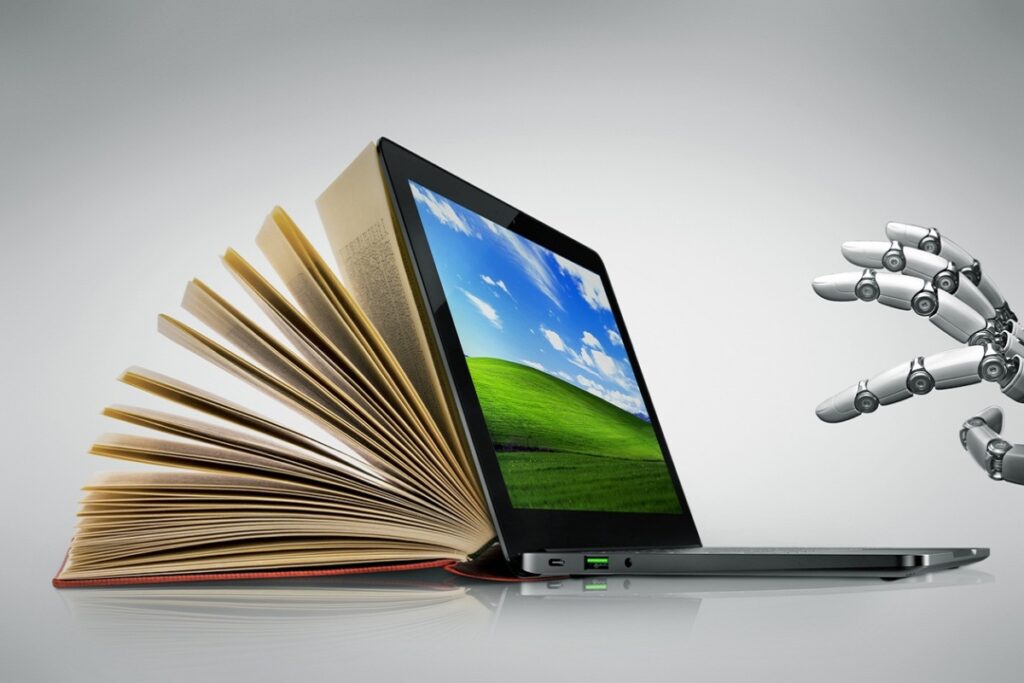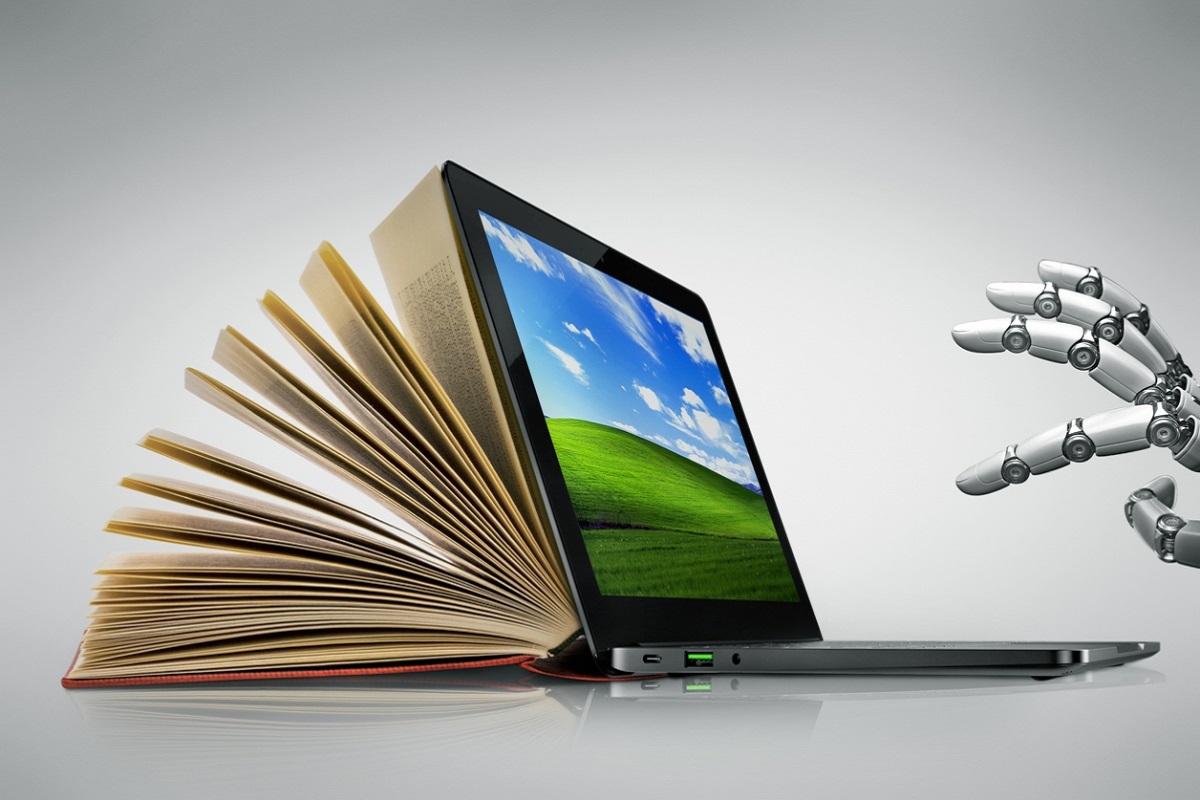According to my recollection, the lecturer delivered their words as the audience listened. In addition, we were forced to memories a great deal of material. It takes a lot of time to get the books out into the world and then to gather them back up again. We sat in rows and at desks to facilitate a better view of the board and participation in the chalk-based discussion. Sydney L. Pressey, who started the program in 1924, said that it uses “educational science, the brilliance of educational technology, and the upgrading of the overly wasteful and clumsy techniques of ordinary instruction.” These adolescents are exceedingly diligent in their pursuit of education.

The recent unveiling of a brand-new computer calculator designed for use in secondary school classrooms has generated excitement among educators. This goal became possible with the invention of the high-speed digital computer, which can do very accurate electronic calculations. If the rise of personal computers and the internet is the definition of the third industrial revolution, then we are on the verge of joining it. These technologies’ capabilities include the fourth iteration of the Industrial Revolution. The fourth industrial revolution (also known as “Industry 4.0”) is the next important technological improvement that will be made in the production of goods.
Because the world is always changing, people will need to learn how to adapt, and digital skills will be very important. As the future workplace and society are still being made, technology is one of the basic building blocks that will help shape the end result. The rate of change has accelerated because the world is constantly changing. bases. bases. As the future workplace and society are still being made, technology is one of the bases. As the future workplace and society are still being made, technology is one of the basic building blocks that will help shape the end result. rows and listen to the instructor.

We are in charge of making sure that the lecture time is used for mentoring sessions that can’t be done anywhere else. We will be able to get back the time we’ve lost if we know how to use the technologies we have in an effective way. People’s learning can be made more empowering through the use of technology. We no longer have to go through the hard work of learning in school. Instead, we can use intelligent robots and smart computers to make education easier for more people to get and to make it fit each person’s needs. The use of technology can make it much easier for people to get an education, which is nothing to be afraid of. We want this full suite of AI technologies to make education more pleasurable for students as well as teachers and researchers; in other words, we want this to be a win-win situation. By doing a large number of clinical tests and studies, we were able to show that using virtual reality can improve retention by as much as 70%. This has a big effect on a person’s ability to learn and remember new things. The challenge for educational institutions is to build the digital capabilities of their students so that they can use these skills effectively once they enter the workforce.

Despite how simple it would be to assert that everyone should learn to code, coding is just one of many digital skills that people require. Individuals must be able to read, write, speak, and comprehend code. Critical thinking, creativity, teamwork, and communication are important skills to teach because they can’t be automated or copied. As the fourth industrial revolution commences, this is a great time to consider what current education should entail. Education 4.0 pushes instructors to reconsider their instructional strategies. We live in a highly connected world, so it’s more important than ever to know what we want to do with these connections.

